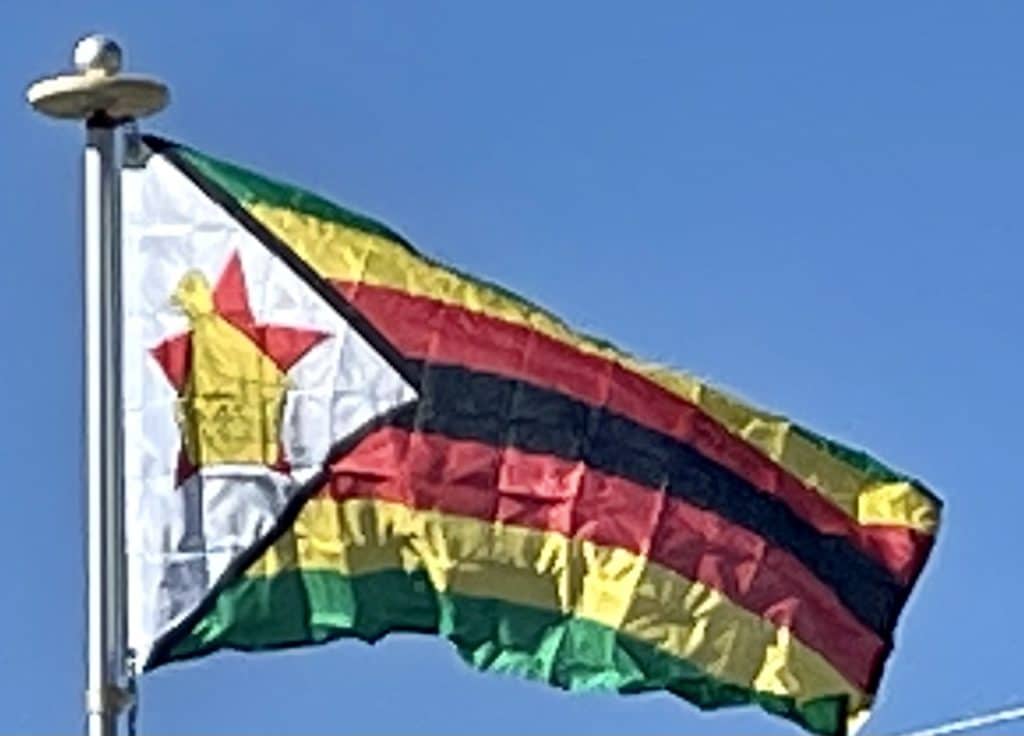In terms of carats produced, the Marange field is one of the largest diamond producing projects in the world, estimated to produce 12 million carats in 2014 worth over $350 million. Zimbabwe is the biggest trading partner of South Africa on the continent.
Taxes and tariffs are high for private enterprises, while state enterprises are strongly subsidized. State regulation is costly to companies; starting or closing a business is slow and costly. Government spending was predicted to reach 67% of GDP in 2007.[169]
Tourism was an important industry for the country, but has been failing in recent years. The Zimbabwe Conservation Task Force released a report in June 2007, estimating 60% of Zimbabwe’s wildlife has died since 2000 due to poaching and deforestation. The report warns that the loss of life combined with widespread deforestation is potentially disastrous for the tourist industry.
The ICT sector of Zimbabwe has been growing at a fast pace. A report by the mobile internet browser company, Opera, in June/July 2011 has ranked Zimbabwe as Africa’s fastest growing market.
Since 1 January 2002, the government of Zimbabwe has had its lines of credit at international financial institutions frozen, through U.S. legislation called the Zimbabwe Democracy and Economic Recovery Act of 2001 (ZDERA). Section 4C instructs the Secretary of the Treasury to direct directors at international financial institutions to veto the extension of loans and credit to the Zimbabwean government. According to the United States, these sanctions target only seven specific businesses owned or controlled by government officials and not ordinary citizens.
Zimbabwe maintained positive economic growth throughout the 1980s (5% GDP growth per year) and 1990s (4.3% GDP growth per year). The economy declined from 2000: 5% decline in 2000, 8% in 2001, 12% in 2002 and 18% in 2003. Zimbabwe’s involvement from 1998 to 2002 in the war in the Democratic Republic of the Congo drained hundreds of millions of dollars from the economy. From 1999 to 2009, Zimbabwe saw the lowest ever economic growth with an annual GDP decrease of 6.1%.
The downward spiral of the economy has been attributed mainly to mismanagement and corruption by the government and the eviction of more than 4,000 white farmers in the controversial land confiscations of 2000. The Zimbabwean government and its supporters attest that it was Western policies to avenge the expulsion of their kin that sabotaged the economy.
By 2005, the purchasing power of the average Zimbabwean had dropped to the same levels in real terms as 1953. In 2005, the government, led by central bank governor Gideon Gono, started making overtures that white farmers could come back. There were 400 to 500 still left in the country, but much of the land that had been confiscated was no longer productive. By 2016 there were about 300 farms owned by white farmers left out of the original 4,500. The farms left were either too remote or their owners had paid for protection or collaborated with the regime.

